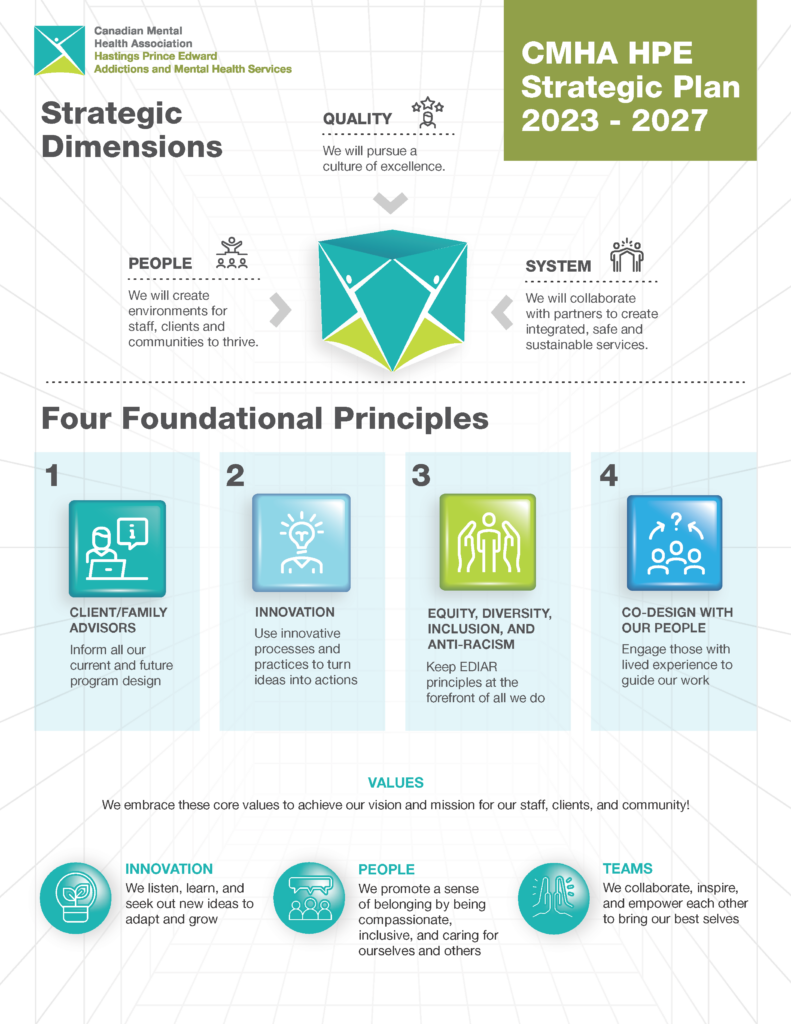Menu
Close
- Alberta
- British Columbia
- British Columbia Division
- BC Division - Victoria Office
- Cariboo Chilcotin Branch
- Cowichan Valley Branch
- Kamloops Branch
- Kelowna Branch
- Kootenays Branch
- Mid-Island Branch
- Northern BC Branch
- North and West Vancouver Branch
- Port Alberni Branch
- South Cariboo Branch
- South Okanagan Similkameen Branch
- Shuswap-Revelstoke Branch
- Vancouver-Fraser Branch
- Vernon and District Branch
- Manitoba
- New Brunswick
- Newfoundland and Labrador
- Niagara
- Nova Scotia
- Ontario
- Ontario Division
- Brant Haldimand Norfolk Branch – Administrative Office
- Champlain East Branch
- Middlesex Branch
- Cochrane-Timiskaming Branch
- Durham
- Elgin Branch
- Fort Frances Branch
- Grey Bruce Branch
- Haliburton, Kawartha, Pine Ridge Branch
- Halton Region Branch
- Hamilton Branch
- Huron-Perth Branch
- Kenora Branch
- Lambton-Kent Branch
- Muskoka-Parry Sound Branch
- Niagara Branch
- North Bay and District Branch
- Ottawa Branch
- Oxford County Branch
- Peel Dufferin Branch
- Sault Ste. Marie/Algoma Branch
- Simcoe County Branch
- Sudbury/Manitoulin Branch
- Thunder Bay Branch
- Toronto Branch
- Waterloo Wellington Branch
- Windsor-Essex County Branch
- York Region and South Simcoe Branch
- Prince Edward Island
- Quebec
- Saskatchewan
- Yukon
Strategic Plan
Home » Who we are » Strategic Plan
Vision
Hope, Dream, Recover
Purpose
For people seeking support, we provide confidential, client-driven, evidence-based addictions and
mental health services in their community.
Values
Innovation
We listen, learn, and seek out new ideas to adapt and grow.
People
We promote a sense of belonging by being compassionate, inclusive, and caring for ourselves and others.
Teams
We collaborate, inspire, and empower each other to bring our best selves.
2023-2027 Strategic Plan

